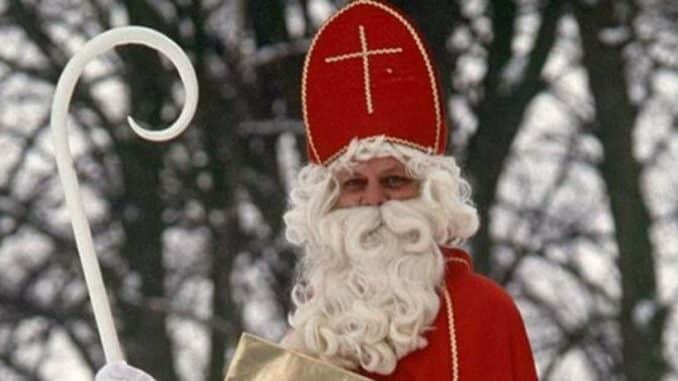
“Ho, ho, ho, have you all been good?” The old man with a long white beard, a bishop’s miter, and a thick red cape stands with his finger raised before the excited children, waiting for an answer. If the answer is “Yes” then Nicholas may take small gifts from his sack for each child, giving them out as he reads from a book with their names. After thanking the visitor and offering him some homemade cookies or other treats, children then see Nicholas off at the door as he makes his way to the next house.
Diverse Origins
Such a visit is not at all unusual in Germany in the pre-Christmas season, for every year on December 6 Saint Nicholas is remembered and celebrated in this way. Like many traditions handed down over the centuries, it is unclear what is true and what has been added over time to the legend of Saint Nicholas. What is known, however, is that the person we now celebrate as the holy Bishop Nicholas is purely fictitious and has evolved from two historical figures: the first is Nicholas Bishop of Myra, who lived in the forth century in what is now Lycia, Turkey. The other is Nicholas Abbey of Sion and later Bishop of Pinara. The figure who later became known to us as the powerful Saint Nicholas Bishop of Myra evolved from them and the good deeds they did to help the poor, infirm, and oppressed.
Numerous legends have grown from that figure and descriptions of Nicholas’s altruism and sometimes miraculous good deeds are common themes. The tradition of gift-giving is believed to be based on the story in which he generously gave the entire inheritance left by his wealthy parents to the poor and protected them from the cold and hunger. Handed down from generation to generation, legends about Nicholas are meant to teach children how to live unselfish lives.
Read more on Germany.info.